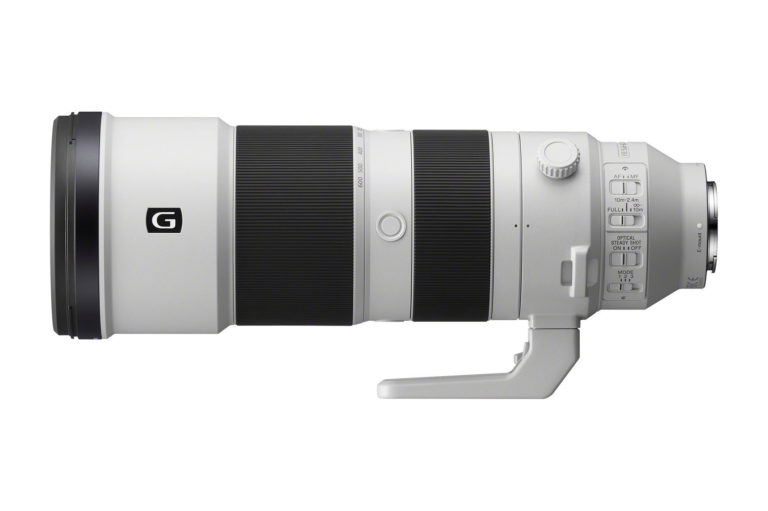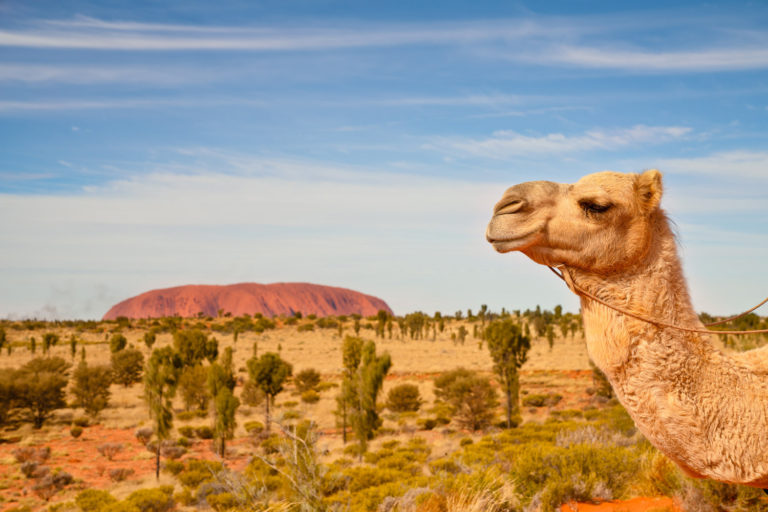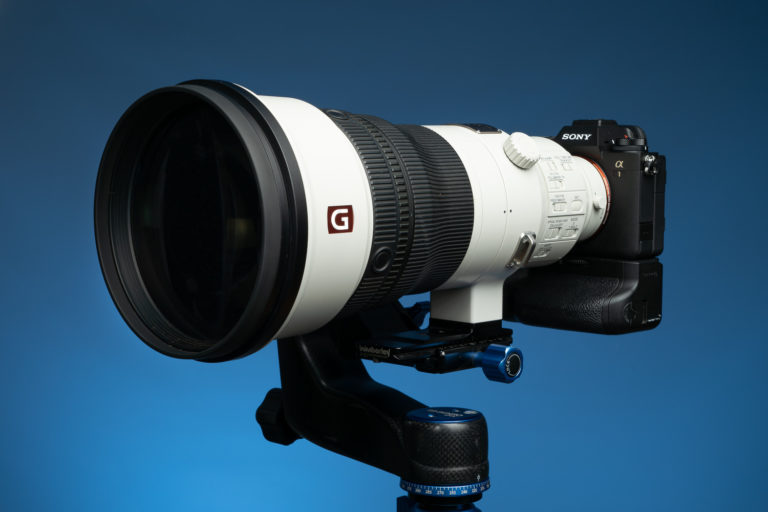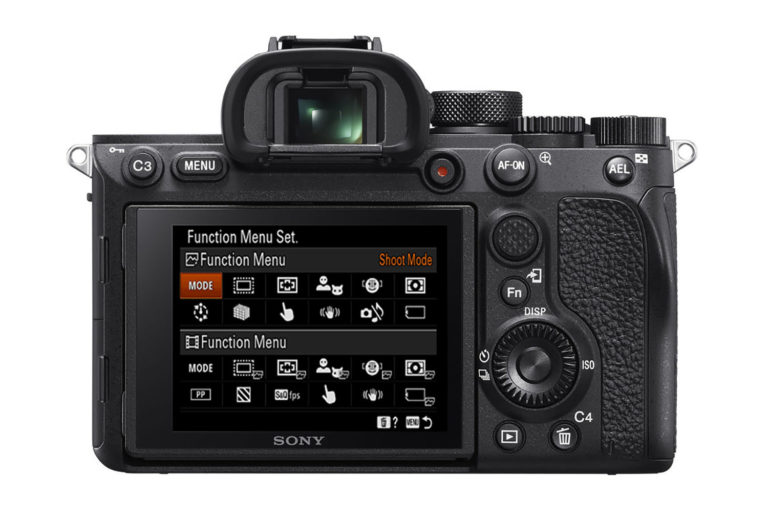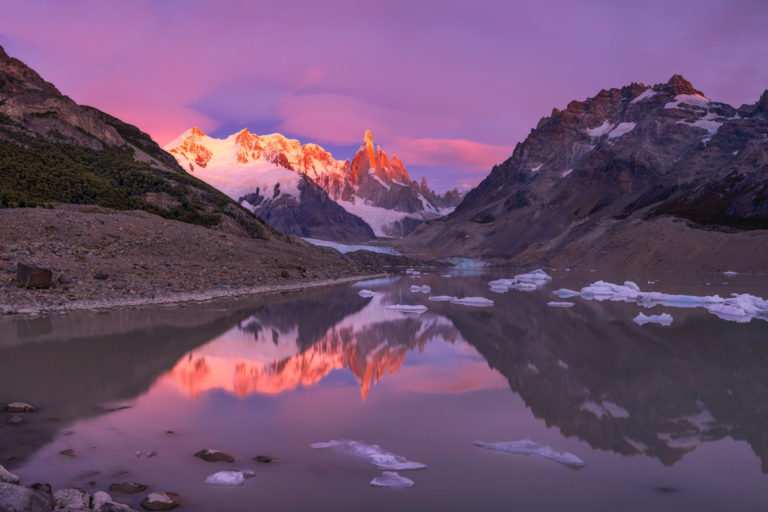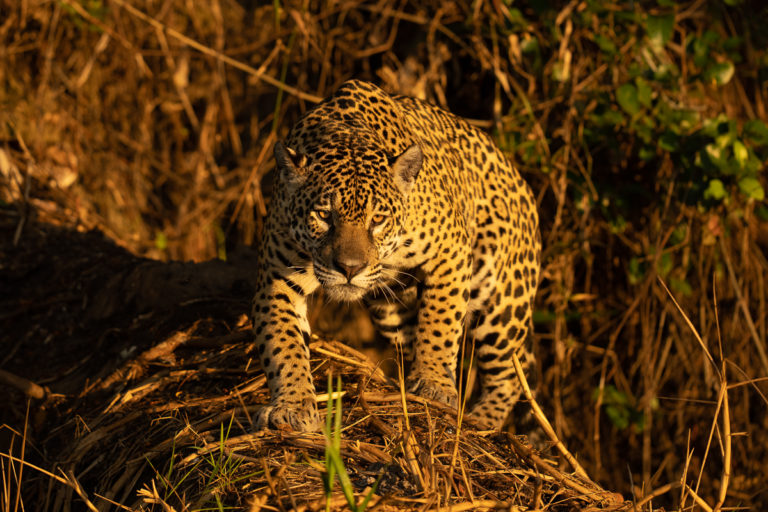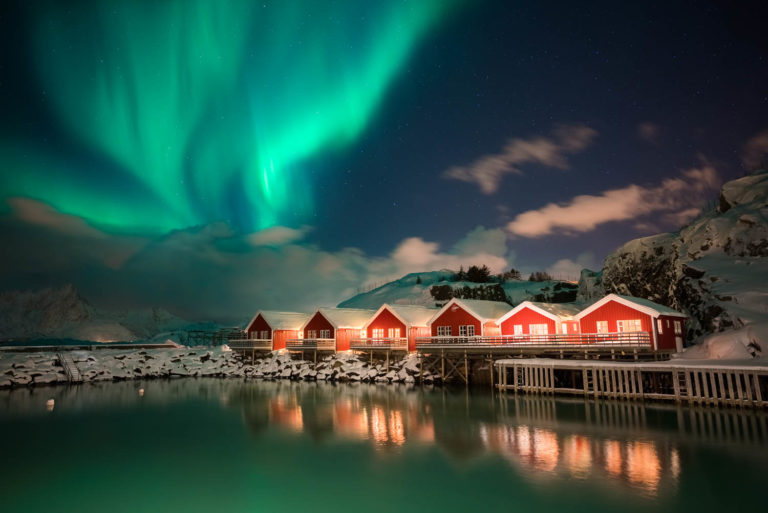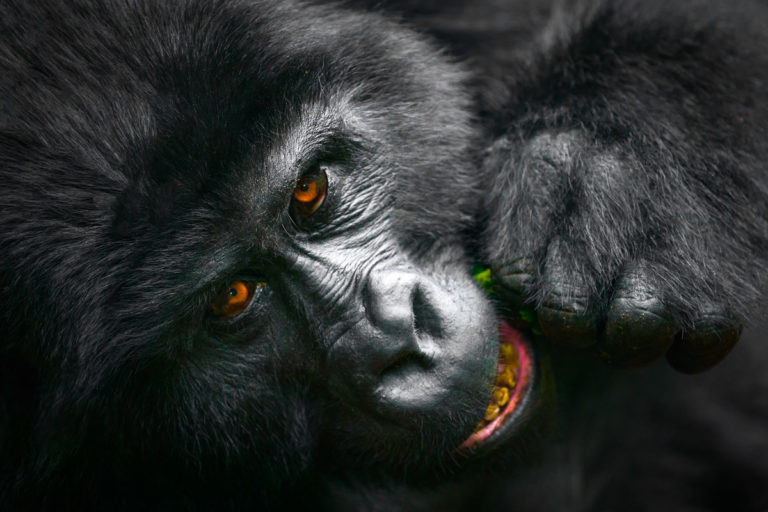There is no doubt that much has changed in the last 10 years with the advent of the digital age of photography. As more and more people pick up the hobby, passion or profession of photography, the boundaries of what we think is possible with photography and post processing begin to get pushed forward. Needless to say, it is an exciting time to be a photographer.
History:
Twenty years ago this past week, Thomas and John Knoll developed a pixel-imaging program called “Display”. Unlike anything else available at the time, it allowed users to easily manipulate digital pixelated images in unique and amazing ways. Little did they know that this little program would change digital media forever. Through various updates this program became know as Image Pro and eventually it was given the name that all of us easily recognize, Photoshop.
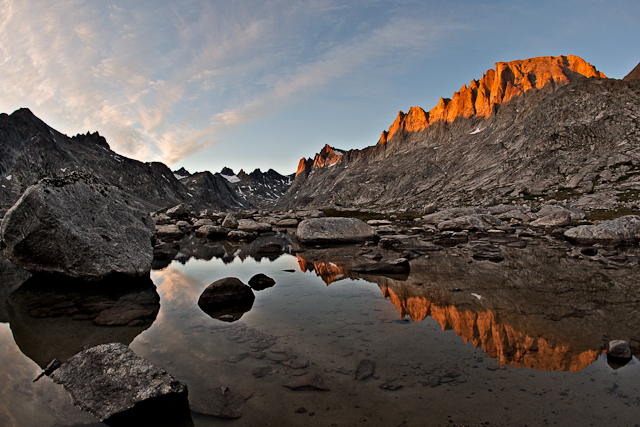
For the past twenty years, Adobe Photoshop (and its sibling programs) have continued to push the boundaries of what is digitally possible. You would be very hard pressed to watch a show on TV or flip through your favorite magazine without seeing its influences. With the digital revolution of photography, it is no wonder that the use of programs such as Adobe Photoshop and Adobe Lightroom has become an art itself. Just as the greats like Ansel Adams and Galen Rowell were masters of the darkroom, the next generation of professional photographers have had to learn to utilize and master these programs to survive in a digitally based world.

Intro:
Just as I believe that film photography will never fully become extinct, I think that no matter how advanced technology and photography post editing programs get, nothing can beat knowing how to take a photograph. It takes years of practice to understand the physics of light, how to compose an image correctly and how to manipulate light to suit your creative needs. However that being said, I do believe that one should utilize these amazing programs to help bring about a new level of creative work to the art form of photography. If you have seen some of my photography work from this past year as well as my recent work from Guatemala, you will have an idea of what I am talking about.
The Artistic Side of Post Processing:
Over the last four years I have seen both my photography work and my post editing skills evolve in new and creative ways. The more I traveled and photographed life on this planet, the more I had a better understanding of how I saw the world. I learned to see life from different angles. Learned to appreciate and embrace the contrasts I found every day, both in nature and in humanity. As technology continues to advance with bigger and better cameras and digital editing programs get more advanced, the possibilities of what you can create become almost endless.
HDR:
A great example of these advancements is how HDR (High Dynamic Range) photography has really become popular. While the technology behind creating a HDR image is complicated, the premise is not. The human eye is capable of doing some incredibly extrorindary things, including its ability to see multiple spectrums of light at the same time. This means that your eyes are able to see some detail in both the light and dark areas of a given scene. A camera on the other hand is very limited on what it can capture in a single photograph. It has a much smaller dynamic range, meaning that it can only capture one small spectrum of light at a time. The idea behind HDR photography is that you take a minimum of 3 photographs (up to any #) at different exposures levels. For a 3 image HDR photo that would mean one image correctly exposed, one under exposed and one over exposed in order to capture the details within the various spectrums of light that are prevalent throughout the scene.
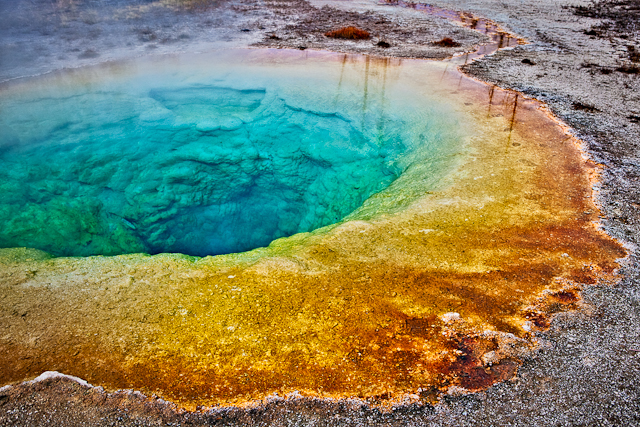
The above photograph is a perfect example of an HDR image. Comprising of 3 separate photographs blended together using LRenfuse, I was able to retain the details in both the highlighted and shadow regions of the image because I was able to pull the details out of those three photographs. While most HDR images have an almost surreal feel, like this image of the Morning Glory Pool in Yellowstone National Park, it is all depends on how you process the images. The below photograph below of Temple 1 was taken in the heart of Tikal in Guatemala and is proof that not all HDR images have to look like that.
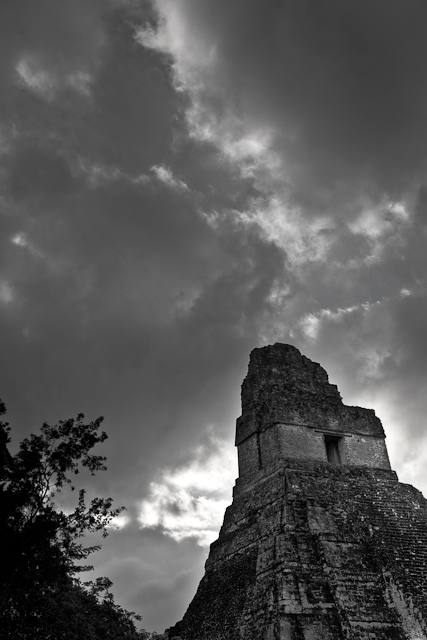
Photoshop Plugins:
As Adobe Photoshop grew into the digital editing power house that it is today, multiple other companies began to create plugins, mini programs that worked within the framework of photoshop that allowed the user to go beyond the capabilities that Adobe had made available. Here are some of my favorites:
Picture Code’s Noise Ninja – An program that helps you to remove noise (formally known as film grain) from images shot in low light. While the below image (“Soft Light”) was also touched up using Adobe Lightroom, it was run through Noise Ninja as well to help give it a clean, soft look.
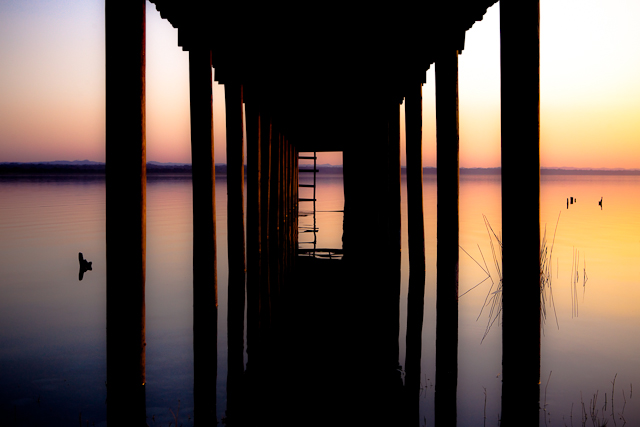
Nik Software’s Color EfexPro 3.0 – An amazing collection of photographic filters that allow you to get very creative with your work. The below image of Delicate Arch taken in Arches National Park was not only compiled into an HDR image using Photomatix, but it was also run through Nik Software’s Color Efex Pro which gave it that unique color and tone, creating a more vivid image that recaptures the feeling that I had when I took the original photographs.
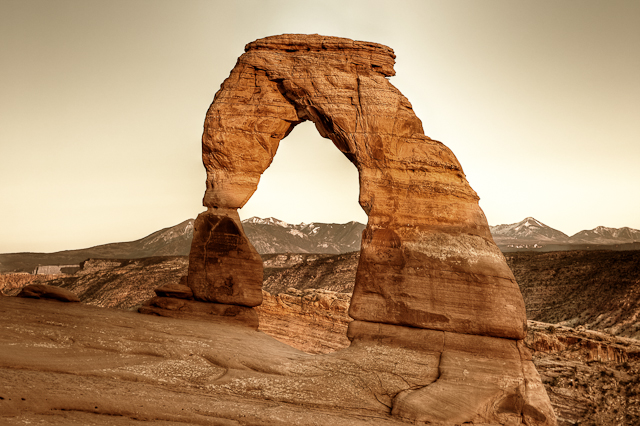
Alien Skin’s Snap Art 2 – This is one of my absolute favorite new additions to my photography workflow. This program allows you to create amazingly unique paintings from your photographs. The photograph below of the jungles around the Mayan ruins of Tikal in Guatemala was run through the Snap Art 2 plugin, allowing me to create a very unique piece of art that originated as a photograph. The second image from the Lago de Peten Itza, just south of Tikal was created in a similar fashion.
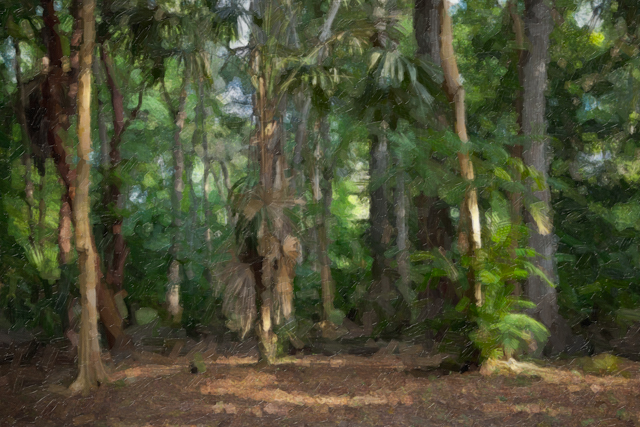
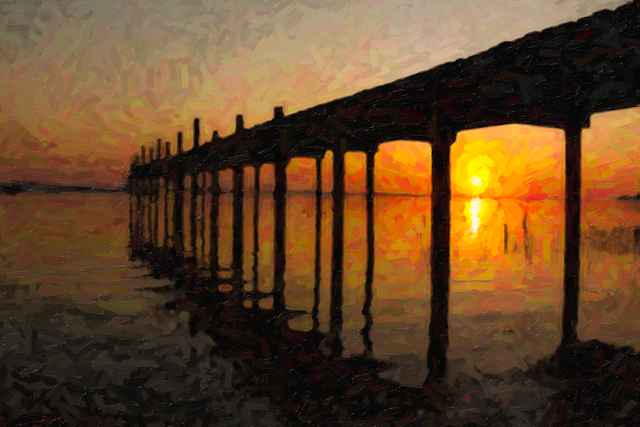
These are just a small handful of some of my favorite tools that I have at my disposal when it comes to my own digital darkroom. However, I think that it is important to not get too comfortable when it comes to not only how and what I shoot, but how I edit my photography work. I am always looking for new an inventive ways to be creative. As a photographer and more importantly as an artist, it is my job to capture and maybe more importantly, to recreate moments in time, as I experienced them. Now if that means that I sometimes have to utilize programs such as these to help recreate these moments, then so be it. Every photographer and artist should use whatever tools are necessary to help them reach their creative vision. I don’t utilize these programs with the majority of my professional photography work, but I will not hesitate to use them if they help in allowing me to share my experiences with others.
Now if you are an emerging photographer out there, I am sure you have already heard the cries from the “purists”. The ones who feel that shooting film is the only true kind of photography or the ones that are always complaining about how unethical the digital darkroom is. The fact of the matter is that photography is an art form. The photograph is the median in which the artist (or photographer) has chosen to represent his or her views and experiences and there for there is no one right way to shoot a image. Just as everything else in life, the photograph is subjective to both the artist and the one viewing it. Do I expect everyone to love my photography work as much as I loved creating it, no. But I do truly enjoy sharing my experiences and views of life on this planet with others. If I can help just a few people see the world from a different point of view, I think I have done my job.
“The true voyage of discovery is not in seeking new landscapes, but in having new eyes”
~Marcel Proust

